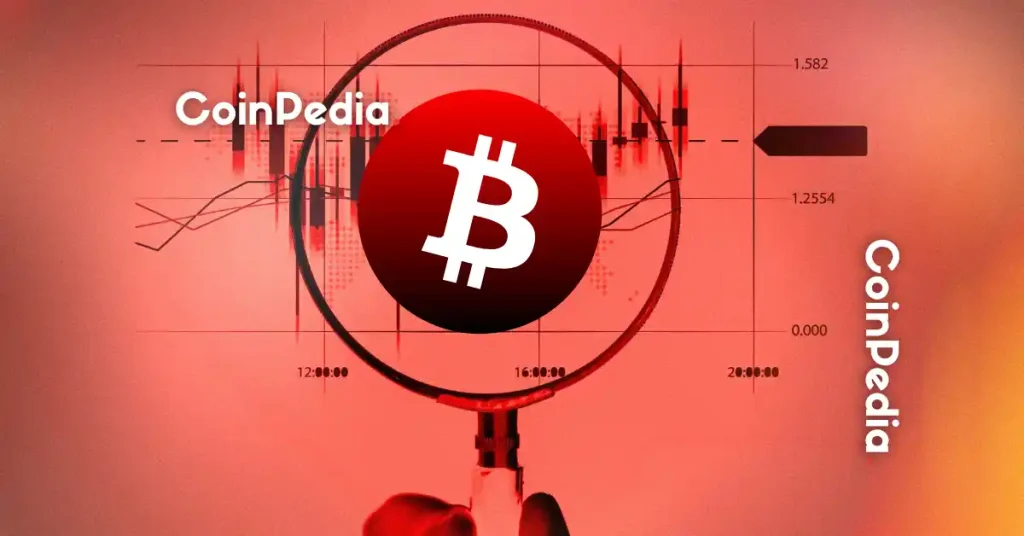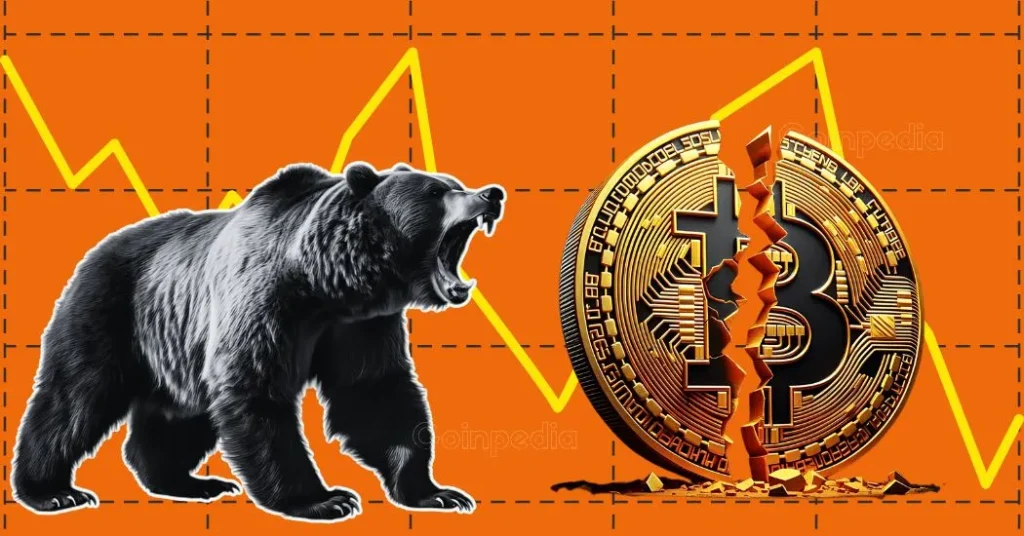Crypto

Tokemak
TOKE
Tokemak
#--
$0.1397
-0.57%
≈$0.1397
-0.56%



Tokemak creates sustainable DeFi liquid and capital efficient markets through easy-to-use decentralized market-making protocols.
Single assets deposited in a token reactor can be provided with corresponding TAssets certificates to ensure that the deposited assets can be exchanged back 1:1 upon exit. During the liquidity provision period, the non-TOKE token income obtained from the external liquidity provision of the reactor assets will be directly deposited into the Tokemak Agreement, which will be managed by the Tokemak DAO(composed of TOKE holders). Liquidity providers only receive Toke rewards. Liquidity Directors use pledged TOKE to control the whereabouts of liquid assets in designated reactors. They pledge their TOKE to a given reactor and use that pledge as a vote to channel liquidity to their Dex of choice.Current decentralized exchanges that can be guided by reactors include Uniswap, Sushiswap, Banlancer and Deversifi. Liquidity facilitators also receive Toke bonuses.
Tokemak is committed to the deep accumulation of assets to reduce the slip point to zero, liquid mining is a valuable resource, And DeFi was very successful in channelling liquidity early in its short history. It was and is an important stepping stone to the movement, leading to an explosion of product creation and millions of users joining in. Yet the fact remains that providing liquidity for new projects is expensive and inefficient. The current solution to the token liquidity problem is:
Working with market makers creates a unique challenge. A market maker is an entity that pools three scarce resources: capital [money], market knowledge [strategy], and trading/pricing expertise [technology]. Current examples of these organizations are very concentrated, usually one person's ideas and property. DeFi has yet to produce a primitive that can break down these three things, which is why Tokemak relies on TradFi to provide this service.
At the same time, income farming introduces inflation token economics to channel liquidity and has a slow impact on the overall health of the project, often stifling innovative resources for the project. Budgeting for so many tokens in the pursuit of liquidity is akin to early Internet entrepreneurs spending their budgets on armies of IT professionals and large server farms. It's redundant, and there are better solutions - in Internet 1.0, the answer was AWS as a cloud hosted utility; For Web 3.0, the answer is a utility for sustainable mobility: Tokemak.
Mobility is the next critical infrastructure layer for DeFi. DeFi cannot function without liquidity. The Uniswap transaction cannot be completed without liquidity. On the Internet, applications are powered by high-speed "data streams"; Tokemak aims to usher in the broadband era of liquidity or "value stream" in DeFi. This broadband mobility will enable complex new products and behaviours to emerge. The decentralized economy of the future requires high-performance DeFi base layers that are mobile enough to enable interoperability.
| Date | Unlocked | MCR | Details |
|---|




